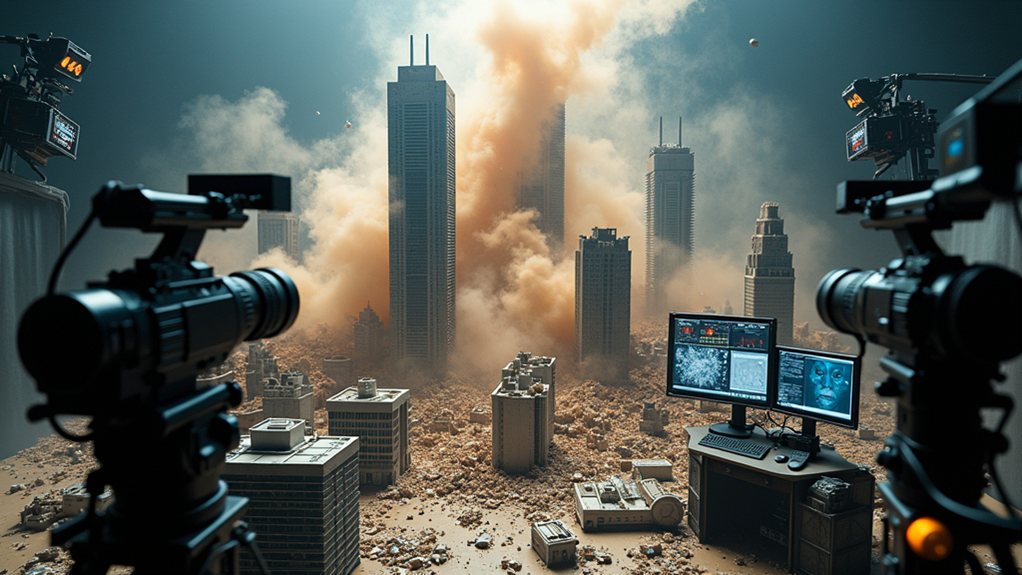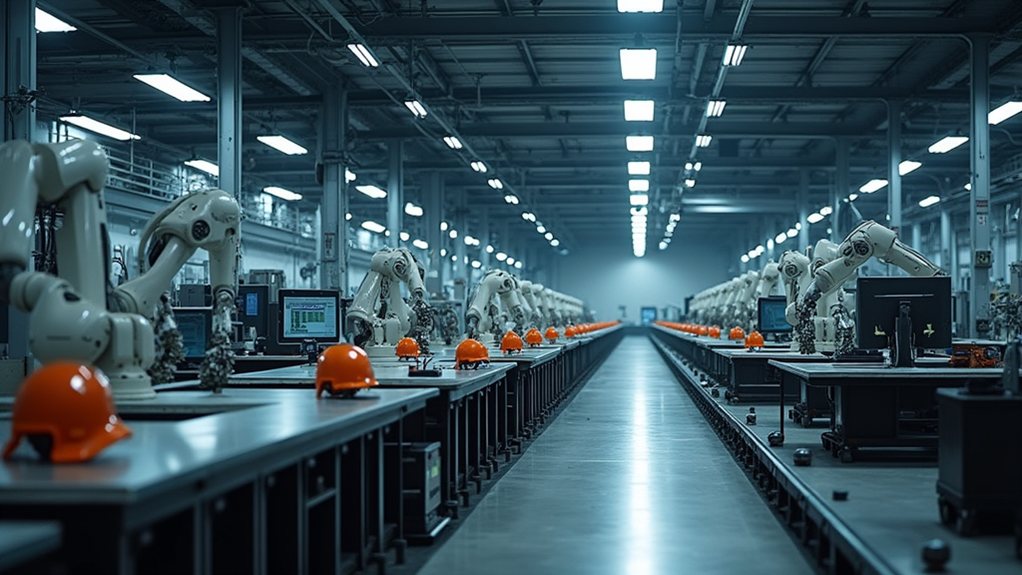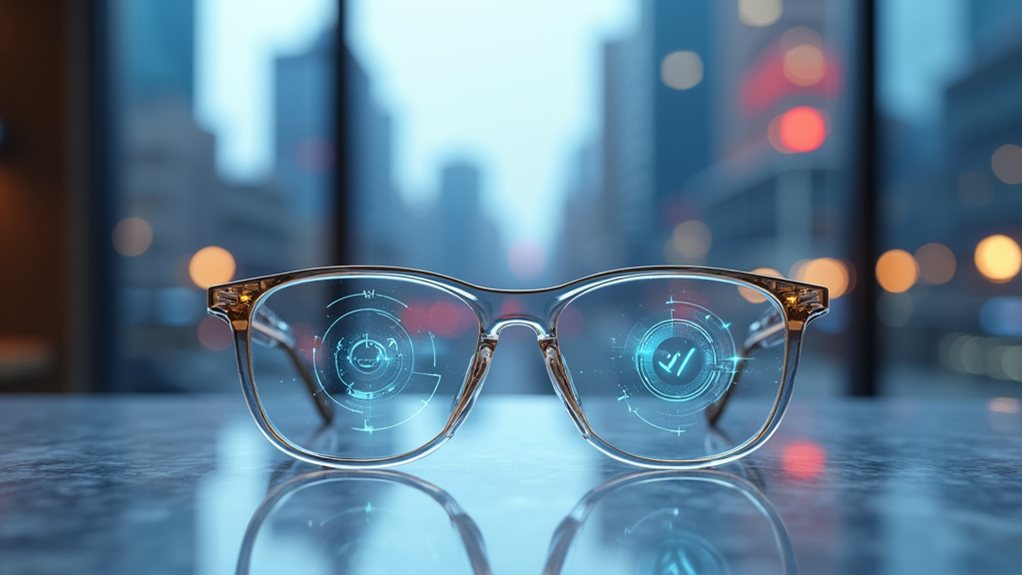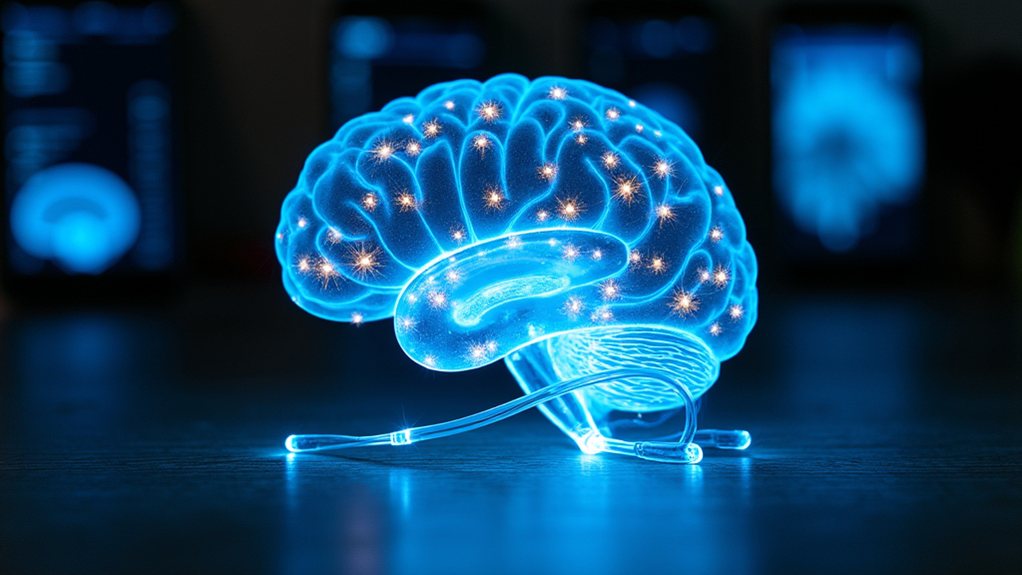A bold European tech entrepreneur has thrown $13 million at pushing AI-powered 3D modeling beyond current limitations. The investment comes as AI already slashes modeling time by 40% for basic structures, with experts predicting AI-generated models will match human quality in most basic applications by 2025. It’s a hefty bet on transforming 3D creation from exclusive art form to accessible tool. The coming years will reveal if this digital maverick’s millions were wisely spent.
While traditional 3D modeling once required painstaking hours of meticulous work, AI has crashed the party like an uninvited guest who actually brings the good snacks. A bold European tech entrepreneur has just wagered a cool $13 million that AI can push beyond current 3D modeling limitations—a bet that’s raising eyebrows across the industry.
The timing couldn’t be more interesting. With AI already slashing modeling time by 40% for basic structures, this maverick’s investment rides the wave of a transformation that’s rapidly reshaping how we create digital worlds. Over half of 3D professionals now incorporate AI in their workflows, and who can blame them? When prototype creation time drops by 60%, that’s less time wrestling with polygons and more time for coffee breaks. These AI-generated models often serve as excellent stand-ins or bases for artists to refine and develop further in their creative process.
AI isn’t just changing 3D modeling—it’s hitting fast-forward on digital creation while giving artists back their coffee breaks.
2025 is shaping up to be the year when we’ll know if this gamble pays off. That’s when the industry will collectively decide if AI-generated models are worth their algorithmic salt for real-world applications. By then, experts predict AI-created models will match human quality for 60% of basic applications—not too shabby for a technology still in its awkward teenage years.
What makes this European venture particularly intriguing is its focus on frameworks like GenHMR, which tackles the notoriously tricky challenge of 3D human modeling. Using fancy techniques like VQ-VAE encoding and uncertainty-guided sampling, these systems can generate lifelike human forms while handling those pesky problems of depth ambiguity and occlusion. This approach leverages neural networks to mimic human creativity patterns that can understand both context and style from extensive datasets.
For smaller studios, this democratization of advanced 3D capabilities feels like finally being invited to the cool kids’ table. The integration of generative AI with 3D workflows allows for dynamic visual creation without sacrificing the accuracy that businesses require. Cloud-based collaboration tools allow global teams to work together in real-time, iterating faster than ever before.
As AI continues transforming 3D modeling from exclusive art form to accessible tool, our maverick’s $13 million bet doesn’t seem quite so crazy after all. Perhaps in a few years, we’ll look back at this moment as when 3D modeling’s future was rewritten—one algorithm at a time.









